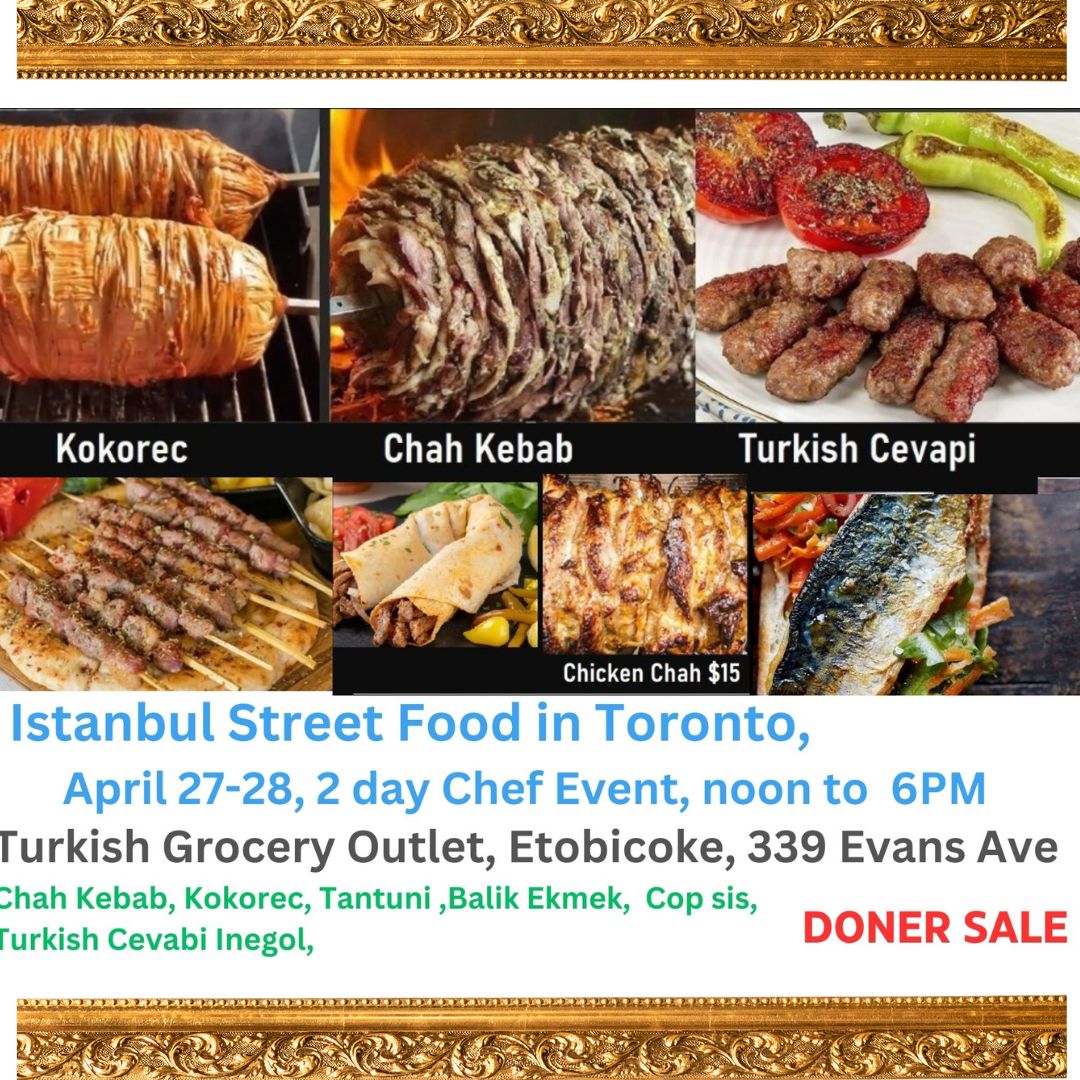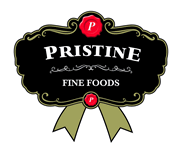Turkish Paste in Canada (Macun)
Exploring the Delights of Turkish Paste: A Sweet Treat with Rich History
When it comes to indulging in the world of sweets, Turkish cuisine offers a plethora of delightful options. Among these, Turkish paste stands out as a timeless treat that combines exquisite flavors with a rich cultural heritage. Let's take a journey into the captivating world of Turkish paste and uncover its origins, ingredients, and irresistible appeal.
You can use this link to order in our store, we regularly carry this product.
Origins and History
Turkish paste, also known as "lokum" or Turkish delight, has a history as rich and flavorful as the confection itself. But is can also mean macun as we have stated above earlier. Its origins can be traced back centuries to the Ottoman Empire, where it was enjoyed by royalty and commoners alike. Legend has it that Turkish delight was first created in the kitchens of the Topkapi Palace in Istanbul, where skilled confectioners crafted it for the sultans and their courtiers.
Turkish paste in its most basic and original version is actually caried by street vendors in front of grade schools but this version does not have the famous spice mix. And it is consumed fresh, lukewarm right out of the pot by rolling it on a wooden stick. It is a little bit thicker than honey.
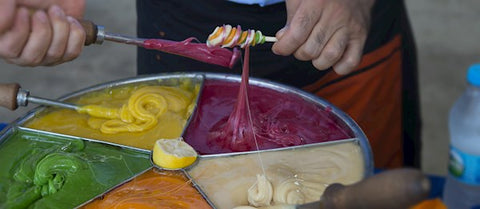
Ingredients and Preparation
The primary ingredients of Turkish paste include sugar, water, and starch, which form the base of the confection. However, what truly sets Turkish paste apart are the additional ingredients used to infuse it with unique flavors and textures. Traditional varieties often feature ingredients such as rosewater, mastic resin, or nuts, while modern adaptations may include a wide array of flavors ranging from citrus to chocolate. The version consumed specifically by men contains lot of unique spices up to 40 kinds. And this spicy version is harder and it is sold as long sticks wrapped in shiny papers to differentiate it from the rest of its cousins.
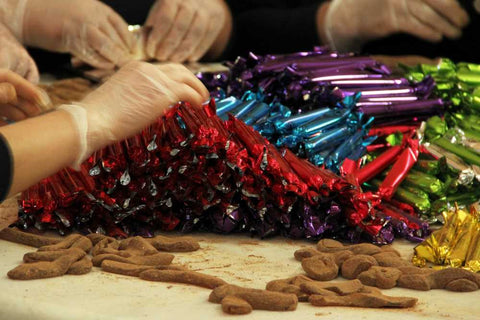
The process of making Turkish paste is a labor of love that requires patience and precision. The sugar and water are heated to form a syrup, which is then combined with starch to create a thick, gelatinous mixture. This mixture is then flavored, colored, and poured into molds to set. Once set, the Turkish paste is cut into bite-sized pieces and coated in powdered sugar or a mixture of starch and powdered sugar to prevent sticking.
Varieties and Flavors
Turkish paste comes in a dazzling array of varieties, each offering a unique taste experience. Traditional flavors such as rose, lemon, and pistachio remain beloved classics, while modern twists introduce innovative combinations such as pomegranate, coconut, and even coffee. Whether you prefer the floral notes of rosewater or the richness of chocolate, there's a Turkish paste flavor to suit every palate. The secret formula of the spicy version apparently has 40 kinds of spices.
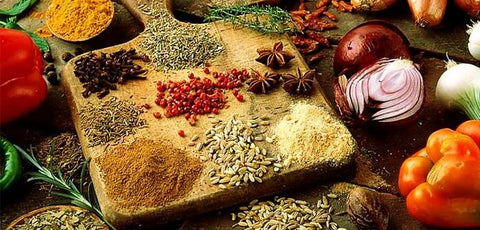
Here is the list of spices that go into the spicy version of the paste:
- Allspice (Yeni bahar) (Pimenta dioica)
Alpina officinarum root (Havlıcan kökü) (Alpina officinarium)
Anise (Anason) (Anisum vulgare)
Black cumin (Çörek otu) (Nigella sativa)
Black Myrobalan (Kara halile) (Terminalia nigra)
Black pepper (Karabiber) (Piper nigrum)
Buckthorn (Topalak or Akdiken) (Nerprun alaterne)
Cardamon (Kakule) (Elettaria cardamomum)
Cassia (Hiyarsenbe) (Cassia)
Chebulic myrobalan (Kara halile) (Terminalia chebula)
China root (Cop-i cini) (Smilax china)
Cinnamon (Tarçın) (Cinnamomum verum)
Cloves (Karanfil) (Syzygium aromaticum)
Coconut (Hindistan cevizi) (Cocos nucifera)
Coriander (Kişniş) (Coriandum sativum)
Cubeb (Kebabe) (Cubebae fructus)
Cumin (Kimyon) (Cuminum cyminum)
Dried orange blossom (Portakal çiçeği)
Fennel (Rezene) (Foeniculum vulgare)
Galingale (Havlıcan) (Alpinia officinarum)
Ginger (Zencefil) (Zingibar officinalis)
Iksir sugar (Iksir şekeri)
India blossom (Hindistan çiceği)
Java Pepper (Kuyruklu biber) (Piper cubeba)
Licorice extract (Meyan balı) (Glycyrrhiza uralensis fisch)
Licorice root (Meyan kökü) (Glycyrrhiza glabra)
Mastic (Çam sakızı) (Mastichum)
Millet (Hintdarisi) (Pennisetum glaucum)
Myrrh (Murrusafi) (Commiphora Molmol)
Muskroot (Sümbül) (Adoxa moschatellina)
Mustard seed (Hardal tohumu) (Brassica nigra)
Orange peel (Portakal kabugu)
Rhubarb (Ravend) (Rheum Palmatum)
Saffron (Safran) (Crocus Orientalis)
Citric acid (Limon tuzu)
Senna (Sinameki) (Cassia senna)
Turmeric (Zerdeçal) (Curcuma domestica)
Udulkahr (Udulkahir)
Vanilla (Vanilya) (Vanilla planifolia)
Woad (Çivit) (Isatis)
Yellow myrobalan (Sarı halile) (Fructus myrobalani)
Cultural Significance
Beyond its delectable taste, Turkish paste holds deep cultural significance in Turkish society. It is often served as a gesture of hospitality to guests and is an integral part of celebrations and special occasions. In addition, Turkish paste has gained international acclaim and has become a symbol of Turkish cuisine around the world, delighting connoisseurs and sweet enthusiasts alike.
Conclusion
In conclusion, Turkish paste stands as a timeless treasure of Turkish cuisine, embodying centuries of tradition and culinary craftsmanship. Its delicate flavors, rich history, and cultural significance make it a beloved treat enjoyed by people of all ages and backgrounds. Whether savored on its own or paired with a steaming cup of Turkish coffee, Turkish paste is sure to leave a lasting impression on anyone fortunate enough to indulge in its sweet embrace.
So, the next time you're craving a taste of something truly special, consider treating yourself to the delightful pleasures of Turkish paste. Your taste buds will thank you for the journey into this enchanting world of flavor and tradition. Pls do not consume the spicy version like turkish delight, it may not be right for you. Please check with your doctor before you touch the spicy version,
